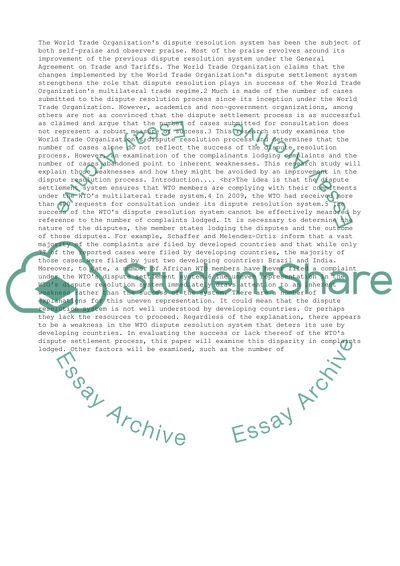Cite this document
(“WTO dispute settlement procedure Essay Example | Topics and Well Written Essays - 4000 words”, n.d.)
Retrieved from https://studentshare.org/business/1416906-wto-dispute-settlement-procedure
Retrieved from https://studentshare.org/business/1416906-wto-dispute-settlement-procedure
(WTO Dispute Settlement Procedure Essay Example | Topics and Well Written Essays - 4000 Words)
https://studentshare.org/business/1416906-wto-dispute-settlement-procedure.
https://studentshare.org/business/1416906-wto-dispute-settlement-procedure.
“WTO Dispute Settlement Procedure Essay Example | Topics and Well Written Essays - 4000 Words”, n.d. https://studentshare.org/business/1416906-wto-dispute-settlement-procedure.


